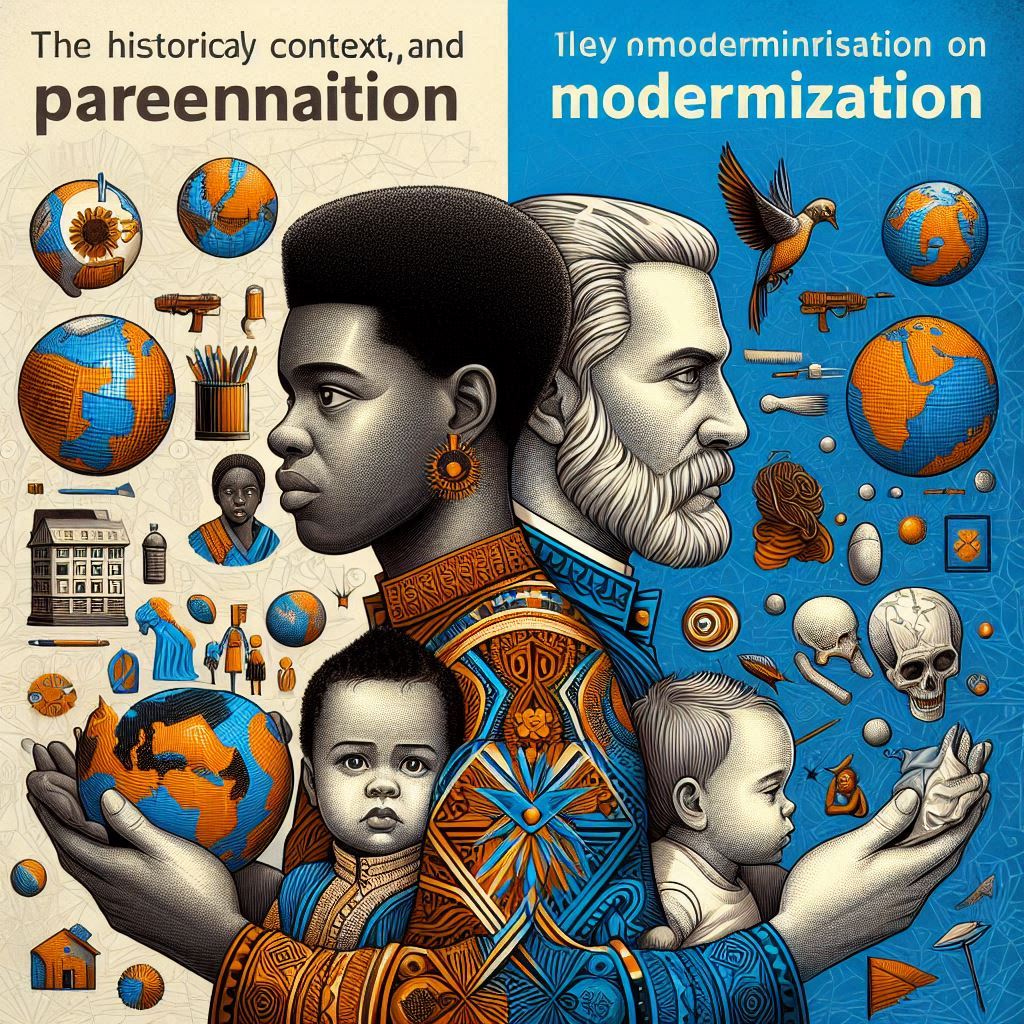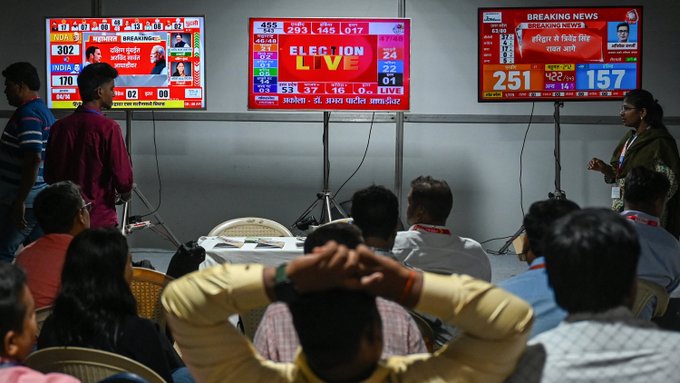
Introduction
In the shadowy underbelly of New York City, where whispers carried more weight than shouts and loyalty was prized above all else, five families reigned supreme. Among them, the Bonanno crime family stood as a testament to the power and reach of organized crime in America. But as the saying goes, all empires must fall, and the Bonanno family’s descent from the heights of criminal royalty to the depths of betrayal and defeat is a tale that rivals the most gripping crime dramas.
This blog post will take you on a journey through the rise and fall of the Bonanno crime family, with a particular focus on its last great leader, Joseph Massino – the man who would come to be known as the “Last Don.” We’ll explore the relentless efforts of the FBI to penetrate the impenetrable, the groundbreaking legal strategies that turned the tide against organized crime, and the ultimate betrayal that brought one of America’s most notorious criminal enterprises to its knees.
From the bustling streets of New York City to the quiet backrooms where life-and-death decisions were made, we’ll trace the path of destruction left in the wake of the mafia’s reign and the determination of those who sought to bring it to an end. This is a story of power, greed, loyalty, and justice – a true crime saga that changed the face of American law enforcement and organized crime forever.
As we delve into this complex narrative, we’ll examine the historical context that allowed the mafia to flourish, the cultural factors that sustained it, and the societal changes that ultimately contributed to its downfall. We’ll meet the key players on both sides of the law – the hardened criminals who built an empire on fear and violence, and the dedicated law enforcement officials who risked everything to bring them to justice.
So, grab a seat and prepare to dive into the world of made men, omertà, and the relentless pursuit of justice. The fall of the Bonanno crime family is about to unfold before your eyes, a story that will take you from the streets of Sicily to the courtrooms of New York, from the heyday of mafia power to its ultimate unraveling. This is more than just a crime story – it’s a saga that reflects the changing face of America itself.
Section 1: The Iron Grip of the Five Families
As the sun rose over the New York City skyline in the mid-1980s, it cast its light on a metropolis that, to the casual observer, appeared to be the very picture of American progress and opportunity. But beneath the surface, a sinister network of criminal enterprises had woven itself into the very fabric of the city’s economy.
The Five Families – Bonanno, Colombo, Gambino, Genovese, and Lucchese – had established a stranglehold on key sectors of New York’s economy. Their tentacles reached deep into construction, transportation, and labor unions, extracting a toll from every transaction, every contract, and every paycheck. It was an invisible tax on the city, paid in blood, sweat, and fear.
In the world of construction, no crane swung and no foundation was poured without the mafia’s approval. The families controlled the unions, dictating who worked and who didn’t. They skimmed from projects, inflated costs, and ensured that their chosen contractors always won the bids. The result was a city held hostage, where progress came at a premium and honest businessmen struggled to compete.
Transportation in New York was another kingdom ruled by the mob. From the bustling ports to the trucking companies that kept the city’s lifeblood flowing, the Five Families exerted their influence. Shipments disappeared, routes were monopolized, and anyone who dared to challenge the status quo found themselves facing not just economic pressure, but physical threats.
Perhaps most insidiously, the mafia’s control over labor unions meant that they had their hands in the pockets of countless hardworking New Yorkers. Union leadership, often handpicked by the mob, negotiated contracts that benefited the families while giving just enough to the workers to keep them in line. Dissent was swiftly and often violently silenced.
This was the New York that existed in the shadows – a city where power flowed not from City Hall or Wall Street, but from the back rooms of social clubs in Little Italy and the docks of Brooklyn. It was a system so entrenched, so pervasive, that many had come to accept it as an unchangeable fact of life in the Big Apple.
The roots of this criminal empire stretched back decades, to the era of Prohibition and the rise of legendary figures like Lucky Luciano and Meyer Lansky. These early gangsters had laid the foundation for a criminal organization that would outlast them, evolving and adapting to changing times while maintaining its core principles of loyalty, secrecy, and ruthless efficiency.
By the 1980s, the mafia had become so integrated into the fabric of New York life that it operated almost as a shadow government. It had its own system of justice, its own economy, and its own hierarchy. The bosses of the Five Families were like kings, their word law within their territories. The Bonanno family, under a succession of powerful leaders, had carved out its own significant piece of this criminal pie.
But change was coming. In the offices of the FBI and the U.S. Attorney’s office, a new generation of law enforcement officials was rising, determined to break the mafia’s hold on the city. They saw the corruption, the violence, and the economic drain caused by organized crime, and they knew that something had to be done.
As the 1980s progressed, the stage was set for a confrontation that would shake the foundations of organized crime in America. The Five Families, comfortable in their power and convinced of their invincibility, were about to face a challenge unlike any they had encountered before. The era of unquestioned mafia rule was coming to an end, and the Bonanno family, along with its counterparts, was standing on the precipice of a fall from which they would never fully recover.
Section 2: The Government’s Declaration of War
In the corridors of power in Washington D.C. and the field offices of the FBI, a storm was brewing. The federal government, long aware of the mafia’s grip on New York City, had decided that the time had come to deliver what they hoped would be a “death blow” to organized crime. The target? The very top of the criminal hierarchy – the bosses of the Five Families themselves.
At the forefront of this crusade was a young, ambitious prosecutor named Rudy Giuliani. With a reputation for toughness and a burning desire to make a name for himself, Giuliani saw in the fight against the mafia an opportunity to strike a blow for justice and, perhaps, to catapult himself into the national spotlight.
In a move that sent shockwaves through both law enforcement and criminal circles, Giuliani announced the indictment of the heads of all five New York City crime families. It was an unprecedented action, one that signaled a new era in the war against organized crime. No longer would the government be content with picking off small-time operators or mid-level capos. They were going straight for the jugular, aiming to decapitate the hydra of organized crime in one fell swoop.
The indictments were a masterstroke of legal strategy, made possible by a piece of legislation that would prove to be the bane of organized crime: the RICO Act. The Racketeer Influenced and Corrupt Organizations Act, passed in 1970, was a game-changer in the fight against the mafia. For the first time, prosecutors had a tool that allowed them to target not just individual crimes, but the entire criminal enterprise.
Under RICO, the government could charge mafia bosses for crimes committed by their subordinates, even if the bosses themselves had never directly participated in those crimes. It was a legal net wide enough to catch the biggest fish in the criminal sea, those who had long insulated themselves from prosecution by delegating the dirty work to underlings.
The announcement of the indictments sent shockwaves through the criminal underworld. In social clubs and back rooms across the city, mafia members huddled in worried conversation. The old ways of doing business suddenly seemed fraught with danger. Every phone call, every meeting, every transaction now carried with it the risk of providing evidence for a RICO case.
For the Bonanno family, like the others, this new reality posed an existential threat. The family’s leadership, including the cunning Joseph Massino, found themselves in uncharted waters. The rules of the game had changed, and they were scrambling to adapt.
As the government’s case against the Five Families took shape, the mafia’s once-impenetrable wall of silence began to show cracks. The specter of long prison sentences loomed large, and the time-honored code of omertà – the mafia’s oath of silence – was put to the test as never before. Some members, facing the prospect of spending the rest of their lives behind bars, began to consider the unthinkable: cooperation with the authorities.
The FBI, sensing blood in the water, redoubled its efforts. Wiretaps were placed, surveillance teams worked around the clock, and a network of informants was cultivated. Every scrap of information, every overheard conversation, every financial transaction was scrutinized for evidence that could be used to build the RICO cases.
In the Bonanno family, as in the others, paranoia set in. Who could be trusted? Who might be wearing a wire? The bonds of loyalty that had held the organization together for decades were strained to the breaking point.
The government’s offensive was not limited to legal maneuvers. The FBI also launched a public relations campaign, aimed at demystifying the mafia and eroding its support in the communities where it had long held sway. They sought to portray the mobsters not as Robin Hood figures or neighborhood protectors, but as the violent criminals they truly were.
This multi-pronged approach – legal, investigative, and public relations – began to yield results. As the cases against the Five Families progressed, the government scored victory after victory. Convictions were secured, and mafia leaders who had once seemed untouchable found themselves facing long prison sentences. The aura of invincibility that had surrounded the mafia for so long was beginning to crumble.
But even as the government celebrated its successes, there was a recognition that the war was far from over. The mafia, true to its resilient nature, was adapting. New leaders stepped up to fill the voids left by those who had fallen. Operations became more discreet, communications more guarded. The families began to diversify their criminal portfolios, moving into areas like financial fraud and cyber crime that were harder for law enforcement to detect and prosecute.
For the Bonanno family and Joseph Massino, the challenge was clear: survive and adapt in this new landscape, or face extinction. The next chapter in their story would be one of survival, cunning, and ultimately, betrayal on a scale that would shake the foundations of the American mafia.
As the dust settled from this initial government offensive, the stage was set for a protracted battle between law enforcement and organized crime. It was a battle that would be fought not just in the streets and courtrooms of New York, but in the hearts and minds of the public. The outcome would determine the future of organized crime in America, and shape the destiny of the Bonanno family for years to come.
Section 3: The Eccentric Don – Vincent Gigante and the Art of Deception
While the government’s offensive against the Five Families was in full swing, one figure emerged as a particularly enigmatic and challenging target: Vincent “The Chin” Gigante, the boss of the Genovese crime family. Gigante’s story is a masterclass in criminal deception, one that would frustrate law enforcement for years and add a bizarre chapter to the annals of mafia history.
To the casual observer, Vincent Gigante appeared to be nothing more than a shambling, muttering eccentric. Often seen wandering the streets of Greenwich Village in a bathrobe and slippers, talking to himself and appearing thoroughly disconnected from reality, Gigante seemed an unlikely candidate for the role of mafia boss. But appearances, as the saying goes, can be deceiving.
FBI Agent John Pritchard was one of the first to suspect that there was more to Gigante than met the eye. As he observed the supposed madman, Pritchard began to notice inconsistencies in Gigante’s behavior. Despite his apparent mental instability, Gigante seemed to be making coherent decisions for the Genovese family. Profits were up, territory was expanding, and the family’s criminal enterprises were running smoothly. It was hardly the work of a man lost in his own world.
Pritchard’s suspicions grew into a certainty: Vincent Gigante was engaged in an elaborate ruse, feigning insanity to avoid prosecution. It was a strategy as bold as it was brilliant. By presenting himself as mentally unfit, Gigante hoped to convince authorities that he was incapable of standing trial, let alone running a vast criminal empire.
The “crazy act,” as it came to be known, was a performance worthy of the greatest method actors. Gigante committed to the role with a dedication that was almost admirable in its thoroughness. He checked himself into psychiatric hospitals, submitted to evaluations by mental health professionals, and maintained his eccentric public persona without fail. Even in private, among family and close associates, Gigante rarely dropped the act, understanding that consistency was key to maintaining the illusion.
For years, Gigante’s strategy worked. Prosecutors, despite their suspicions, found themselves stymied by the mountain of medical evidence attesting to Gigante’s mental incompetence. Court-appointed psychiatrists, taken in by the performance, declared him unfit to stand trial. The “Oddfather,” as he was sometimes called, seemed to have found the perfect defense against the government’s RICO offensive.
But the FBI and prosecutors were not ready to give up. They began a painstaking process of gathering evidence to prove that Gigante’s insanity was an act. They tracked his movements, monitored his communications, and sought out associates who might be willing to testify to his true mental state.
The investigation into Gigante’s true nature was a study in patience and perseverance. Agents spent countless hours observing his movements, looking for any slip in the carefully crafted facade. They pored over financial records, looking for evidence of the clear-headed decision-making that seemed at odds with Gigante’s public persona. They cultivated informants within the Genovese family, seeking insider information that might reveal the truth behind the act.
Slowly but surely, the facade began to crumble. Wiretaps caught Gigante speaking lucidly about family business. Former associates, facing their own legal troubles, began to confirm that the boss’s madness was nothing more than a well-crafted lie. The “crazy act” that had served Gigante so well for so long was finally being exposed for what it was: a cunning deception designed to obstruct justice.
In 1997, Gigante was finally brought to trial. The prosecution presented a compelling case, unraveling years of deception and laying bare the calculating mind behind the facade of insanity. Despite his continued protestations of mental unfitness, Gigante was convicted and sentenced to 12 years in prison.
The fall of Vincent Gigante was a significant victory for law enforcement, but it also served as a stark reminder of the lengths to which mafia bosses would go to avoid prosecution. For the Bonanno family and Joseph Massino, watching the downfall of the “Oddfather” was both a warning and an inspiration. It demonstrated the government’s determination to pursue mafia leadership, but also showcased the potential effectiveness of unconventional defense strategies.
Gigante’s story also highlighted the changing nature of the mafia in the face of increased law enforcement pressure. The days of flashy, high-profile bosses were coming to an end. In their place, a new breed of mafia leader was emerging – one more adept at flying under the radar, at concealing their true nature and activities from both the public and the authorities.
As Gigante’s chapter came to a close, the spotlight would soon turn to Massino and the Bonanno family, setting the stage for the next act in the ongoing drama of New York’s mafia wars. The lessons learned from Gigante’s downfall would inform both sides of the law in the battles to come, shaping strategies and tactics in the ongoing war between organized crime and justice.
Section 4: The Bonanno Family and the Rise of Joseph Massino
As the dust settled from the government’s initial offensive against the Five Families, one organization emerged from the chaos with a chance to reassert its dominance: the Bonanno crime family, under the leadership of the cunning and ruthless Joseph Massino. Massino’s rise to power and his subsequent reign as the “Last Don” is a story of ambition, strategic thinking, and ultimately, hubris.
Joseph Massino’s path to the top of the Bonanno family was paved with blood and betrayal. Born into a working-class family in Queens, Massino showed an early aptitude for the criminal life. He started as a truck hijacker and worked his way up through the ranks, impressing his superiors with his intelligence, ruthlessness, and ability to earn.
Massino’s ascent within the Bonanno family coincided with a period of intense turmoil for the organization. In the 1970s and early 1980s, the family had been rocked by internal power struggles and law enforcement pressure. The infamous “Donnie Brasco” operation, in which FBI agent Joseph Pistone had successfully infiltrated the family, had dealt a severe blow to







